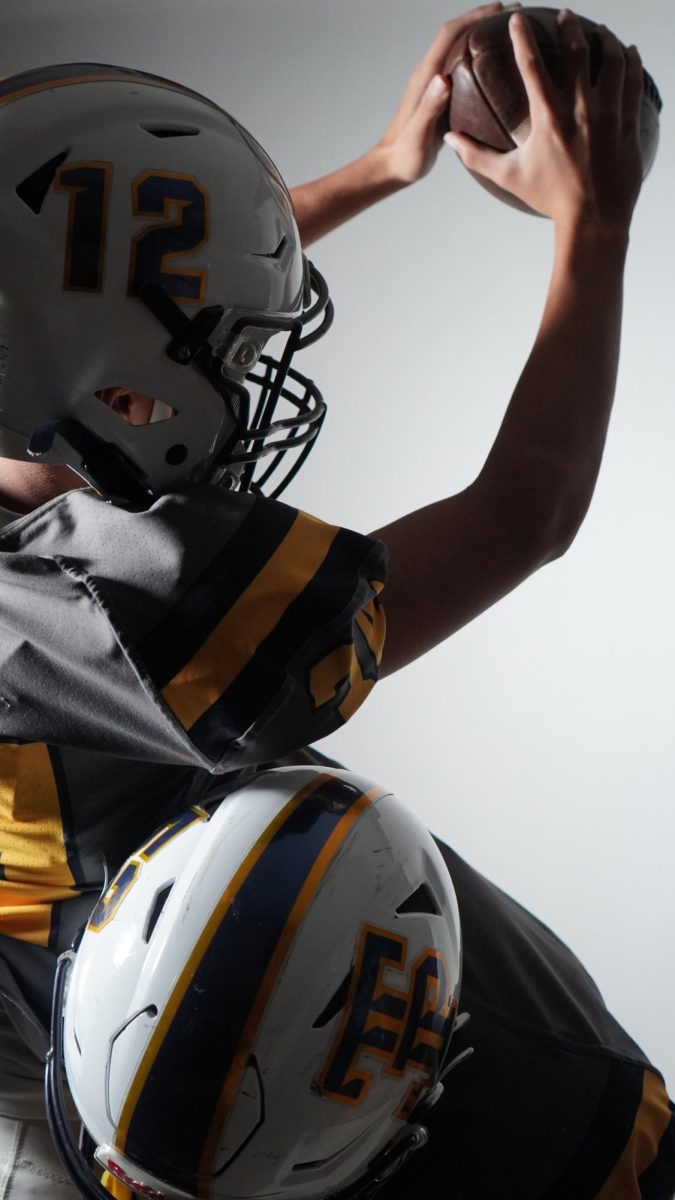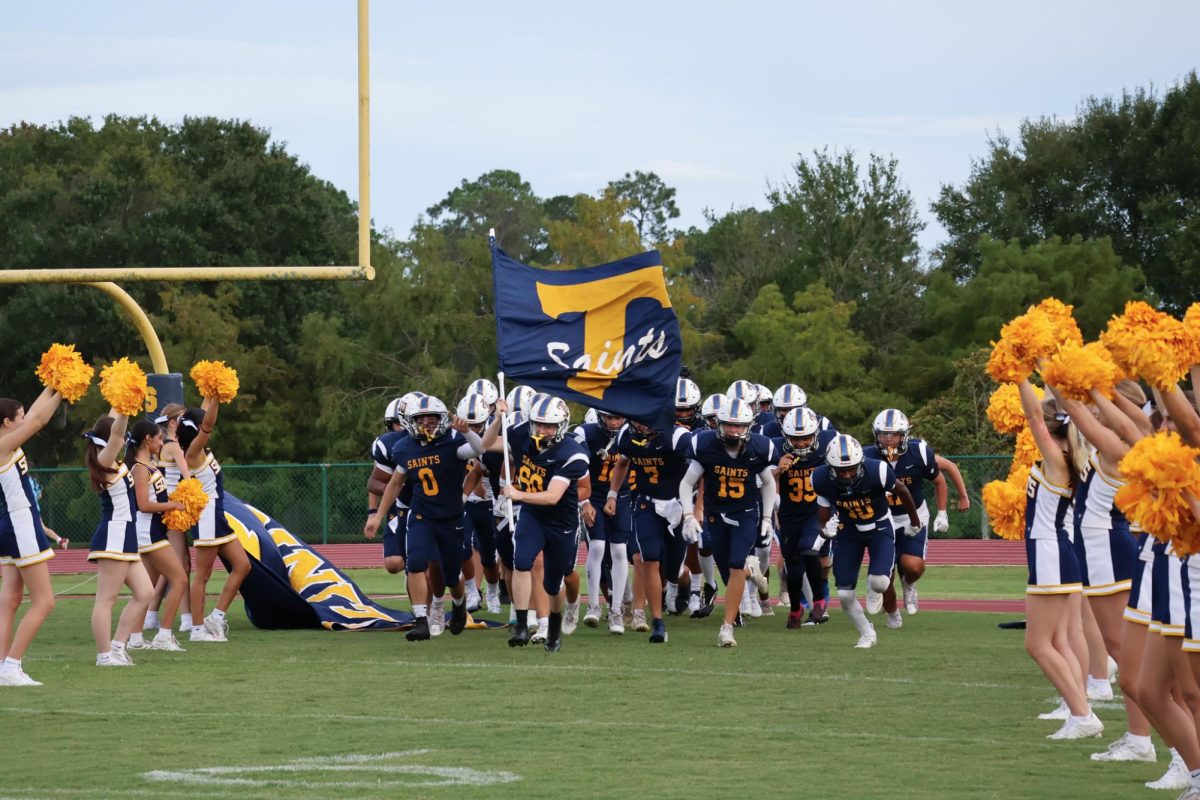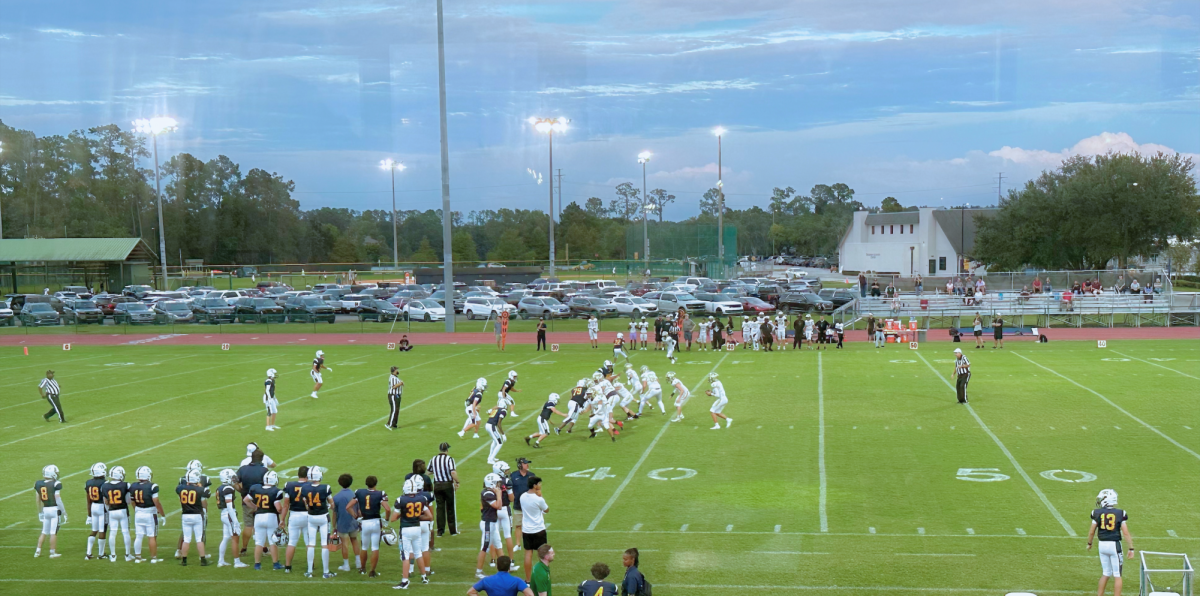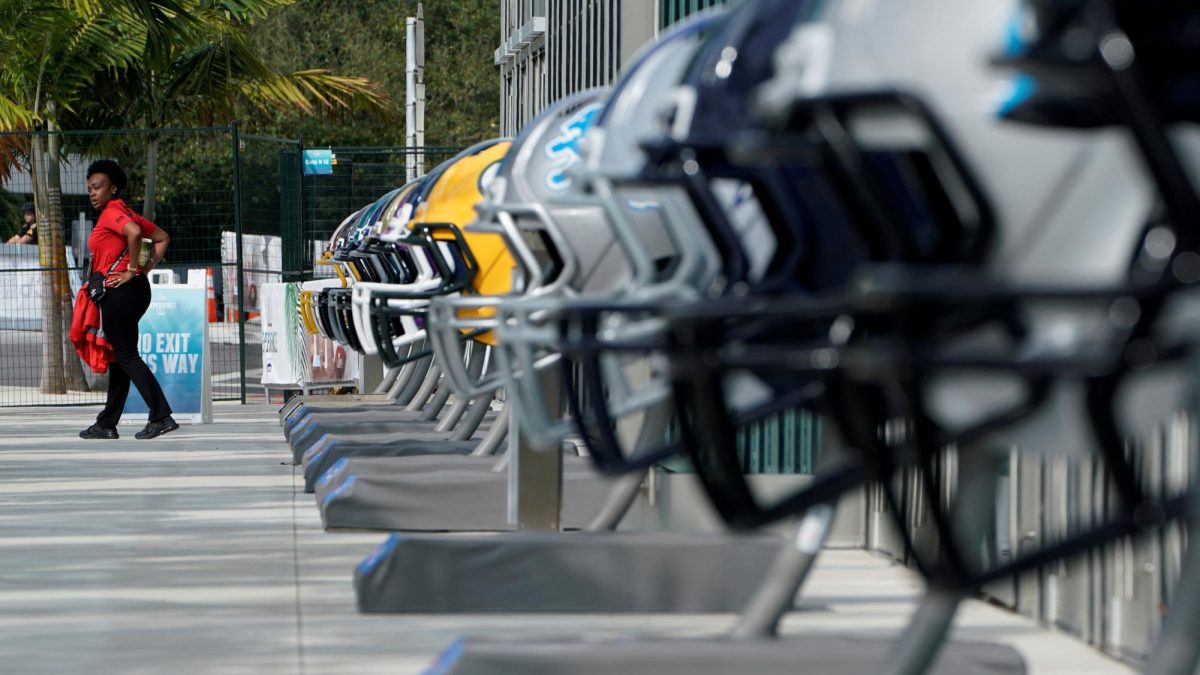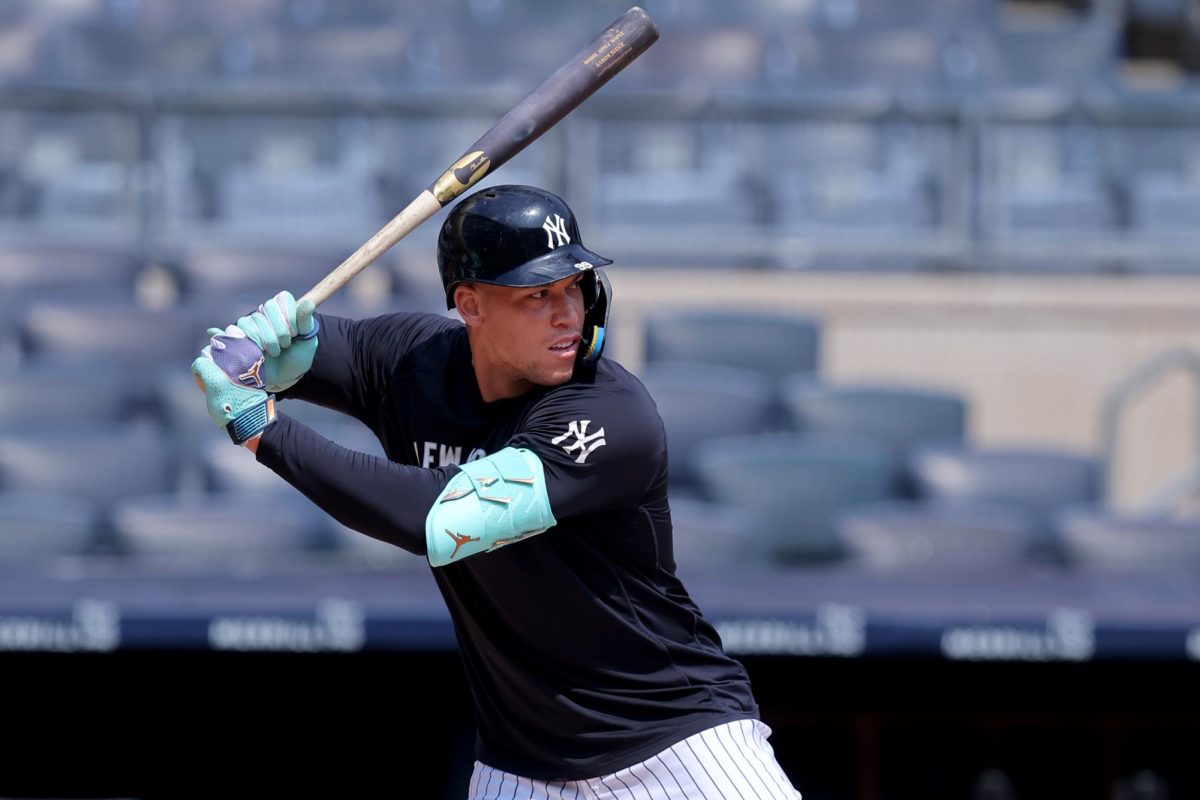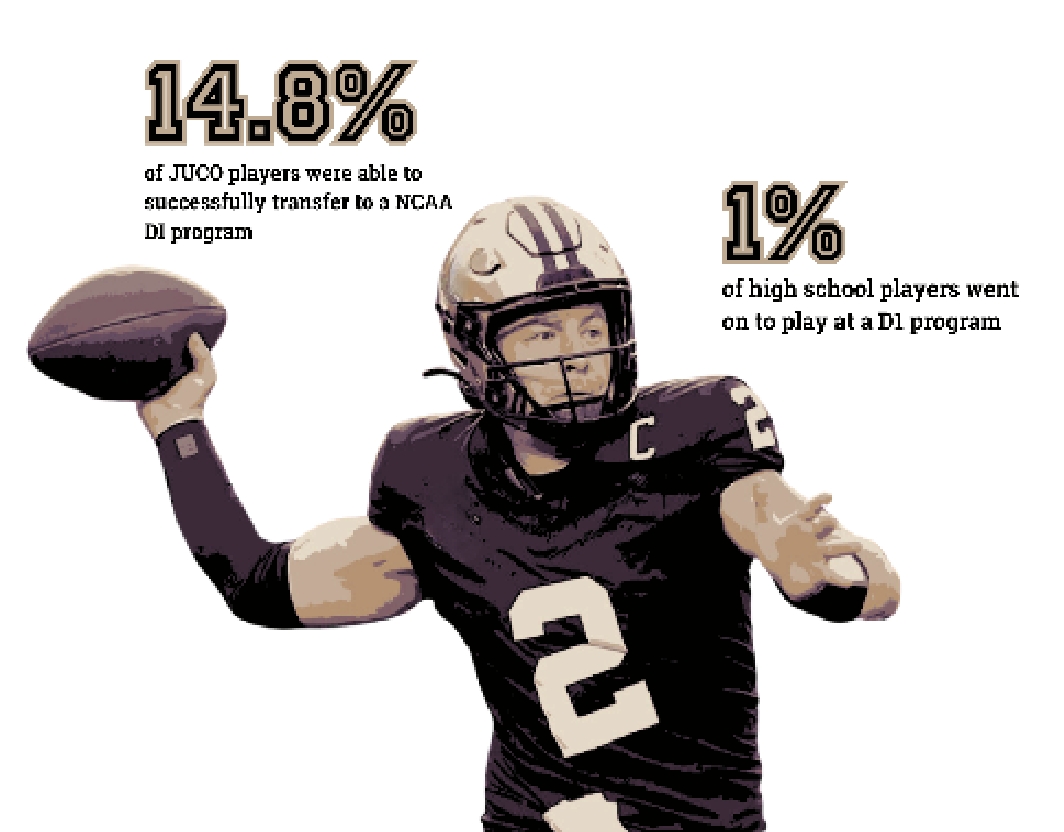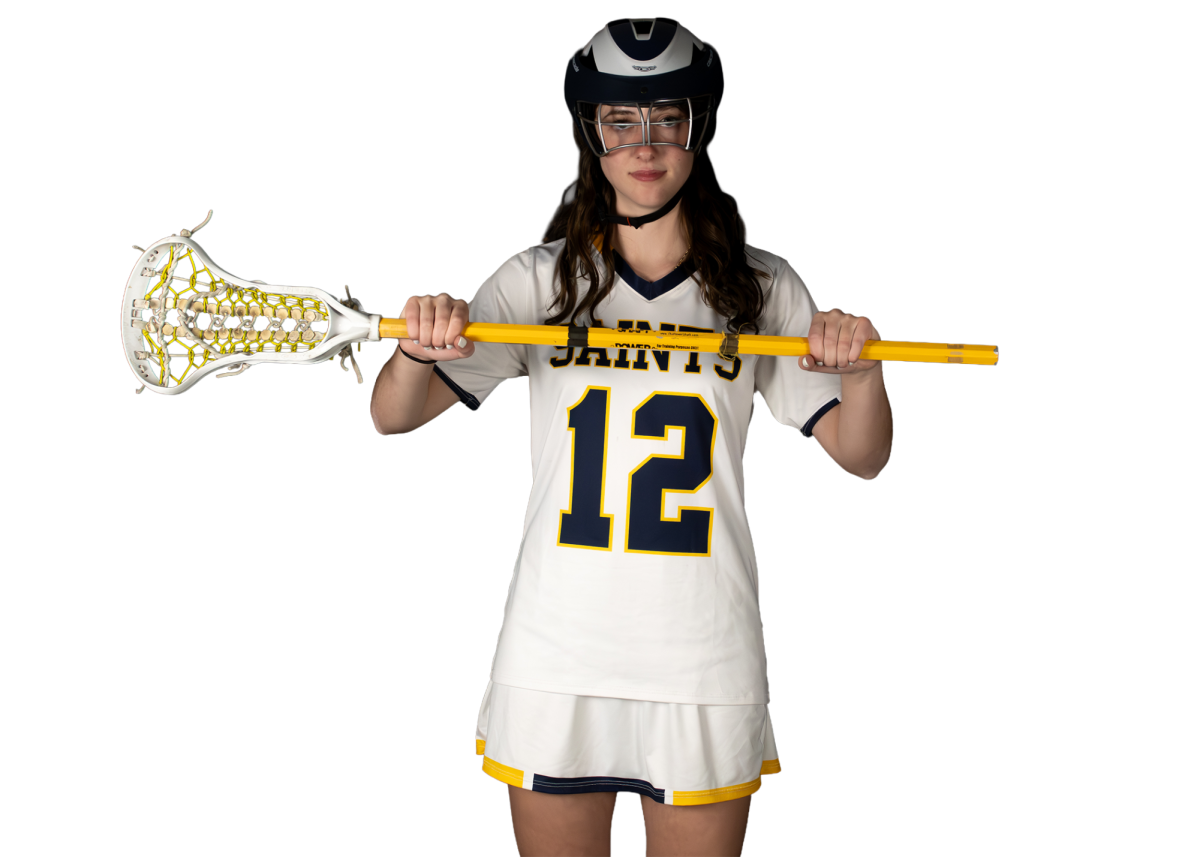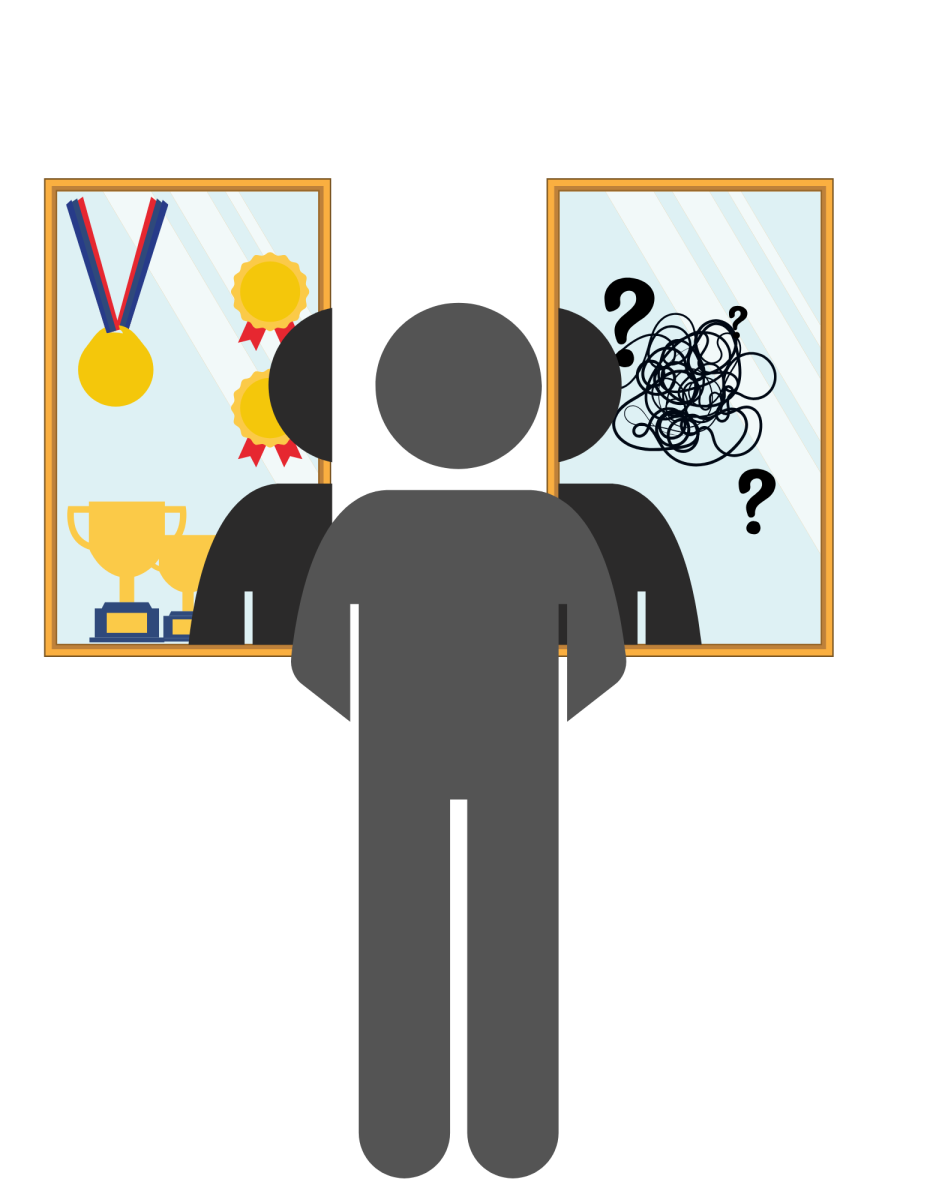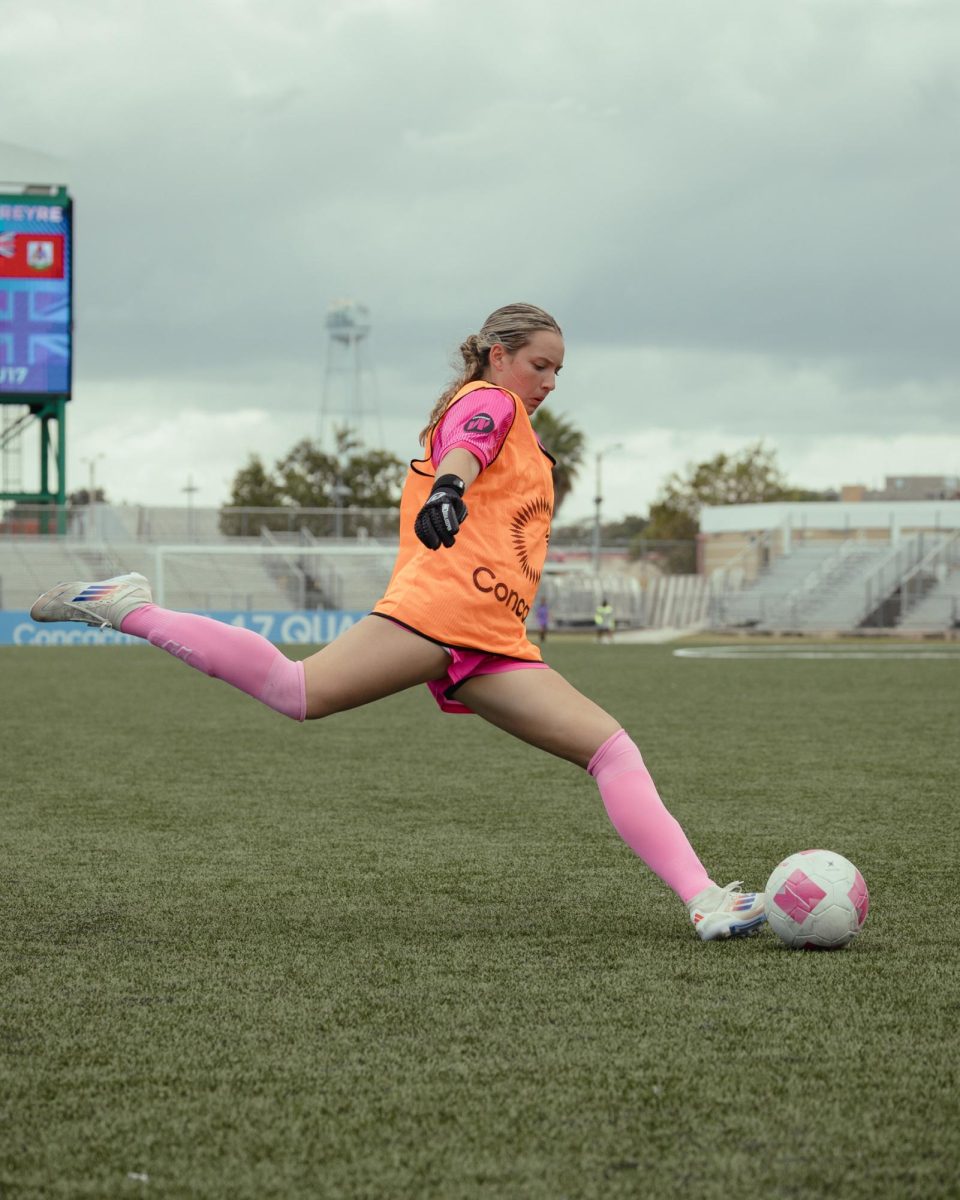For decades, “student” always came before “athlete” for Division I student-athletes. They received no financial compensation for their athletic performances, no matter how big a star they were. Now, major shifts in their status are changing the rules of the game.
On June 6, 2025, a settlement was approved in Supreme Court case House v. National Collegiate Athletic Association (NCAA), which allows DI colleges to use up to $20.5 million of revenue per year to directly pay their athletes starting this fall. This follows a 2021 change in NCAA rules and state laws that reinstated name, image and likeness (NIL) licensing. With NIL deals, student athletes could get paid via third-party companies or organizations, but only the highest-profile athletes benefited. Now, talented but lesser-known DI athletes will get compensation, as well.
This new deal is a big step in the right direction for student-athletes, as well as DI college-bound high school athletes. But it still fails to recognize college athletes for what they effectively are: professional athletes and, therefore, employees. The question of “employee” status has been a hot topic of debate for years.
These days, college sports events can easily fill basketball and football stadiums with over 50,000 attendees. Last year, according to ESPN, a whopping 22.1 million people watched the college football national championship. Junior Victoria Moore, who recently committed to the University of Missouri to play DI soccer, has noticed this trend.
“I know when I was there, Missouri was building another section for 10,000 fans, and their stadium’s already big,” Moore said. “So I think they’re starting to treat (sports) as professional because now these athletes can start getting paid.”
Considering that some coaches, whose job hinges on the performance of these very athletes, get paid tens of millions of dollars per year, it’s hard to call DI athletes “amateurs” as the NCAA still defines them.
Furthermore, all DI athletes’ schedules and “work” conditions are under strict control by their coaches and school. Under standard definitions of employment, it makes sense to finally recognize college athletes as professionals.
Officially calling them “employees” would entitle college athletes to all of the rights that are outlined in the National Labor Relations Act, including the right to unionize. Athletes would be able to collectively negotiate their pay, working conditions, schedule and health accommodations. They would also be able to challenge unfair treatment like having their scholarship taken away if they get injured. If this change happens, we might see contracts similar to those being signed in the NFL or NBA and the emergence of players associations similar to NFL Players Association.
However, the NCAA has been pushing back against such a development, and the question of student-athletes’ legal status as employees is still a long way off from being settled.
Now, even the government appears to be leaning away from this development. On July 24, President Trump issued Executive Order 14322, which pushes for the National Labor Relations Board to clarify the status of college athletes in a way that will “maximize” their educational opportunities. Also, the separately proposed SCORE Act specifically would prohibit athletes from being labeled as employees.
It is easy to quickly take the side of the athletes and say that the government or the NCAA is being unfair for trying to withhold these benefits from college athletes. However, given the scale of such a change, it is uncertain what possible repercussions there would be for college sports as a whole. Guidelines are needed to ensure that employee status would not disproportionately benefit certain sports at the expense of others.
According to an article from Yahoo Finance, football is the clear top revenue generator for schools, bringing in an average of $31.9 million per school per year. Basketball comes in a not-so-close second place at $8.1 million, and hockey and baseball represent another significant dropoff in revenue.
Despite the revenue from major sports, giving employee status to all athletes could be unsustainable for many schools. If schools have to start providing extra pay and benefits to their players in all sports, they might decide to start cutting their smaller, less profitable programs. This could result in schools keeping only football and other big-money sports, leading to inequity if only football players get employee status while other athletes get their programs cut.
Additionally, smaller schools would simply not be able to afford giving all of their athletes the benefits and contracts that they would be looking for. Moore believes that it makes sense for only power conference schools to be considered professionals.
“There’s schools that have really good football teams like Ohio State and Michigan, and I feel like they could be considered professionals,” Moore said. “But then there’s other smaller conferences where I think they could still be considered amateurs.”
Also, even though Title IX requires publicly funded institutions to provide equal opportunities to male and female athletes, it’s unclear how it would apply under a new system.
Many college athletes certainly meet the requirements to be defined as an employee, and they should not be permanently blocked from being granted that status. But while those athletes deserve the same rights and protections as any regular employee, the NCAA and colleges first have to prepare for this major shift and put the proper frameworks and guidelines in place to address the issues and inequities that will inevitably arise.




